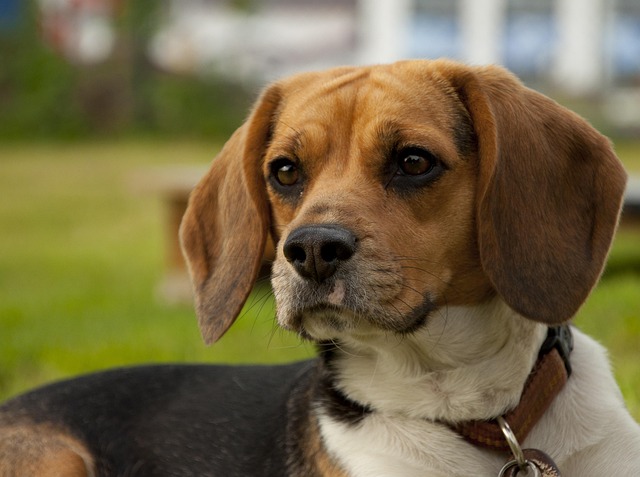
How can I tell if my dog's heatstroke is serious
Let’s be real: It’s a sticky August morning in Los Angeles, and you took your 2-year-old Golden Retriever, Max, for a walk a little later than usual
If you’ve ever chased your dog around the yard while they sniff every bush instead of pooping, or found a surprise on your neighbor’s lawn, you know how frustrating it can be to get them to go in one spot. It’s not just about convenience—having a consistent potty area makes cleanup easier and keeps your community happy, too. The good news is, with a little patience and the right approach, you can teach almost any dog to poop in a designated spot.
Dogs rely on their sense of smell and routine to decide where to go—they’re more likely to use an area that smells familiar (like where they’ve gone before) and that’s part of their daily schedule. For example, if you always take your dog to the same corner of the yard right after breakfast, they’ll start associating that spot with potty time. This is based on operant conditioning, a behavior theory that works by rewarding desired actions—so when your dog uses the right spot, a treat or praise tells them “good job, do this again.”
 Here’s how to put it into practice: First, pick a spot that’s easy for you to access (not too far from the door) and away from play areas or where your dog eats. Take your dog there on a leash every time they need to poop—usually after meals, naps, or walks. If they start sniffing elsewhere, gently guide them back to the spot and wait. It might take a few minutes, but don’t get frustrated—if you rush, they’ll feel stressed. Once they poop in the right spot, immediately give them a small treat and excited praise, like “Great job!” This positive reinforcement helps them link that spot to a reward.
Here’s how to put it into practice: First, pick a spot that’s easy for you to access (not too far from the door) and away from play areas or where your dog eats. Take your dog there on a leash every time they need to poop—usually after meals, naps, or walks. If they start sniffing elsewhere, gently guide them back to the spot and wait. It might take a few minutes, but don’t get frustrated—if you rush, they’ll feel stressed. Once they poop in the right spot, immediately give them a small treat and excited praise, like “Great job!” This positive reinforcement helps them link that spot to a reward.
It’s also important to follow local rules and be a considerate neighbor. Always carry poop bags with you—most neighborhoods require cleaning up after your dog, and leaving waste behind can lead to fines or upset neighbors, especially in apartment complexes where shared green spaces are common. If you have a puppy, they’ll need more frequent trips to the spot (every 1-2 hours) since their bladders and bowels are smaller. Never punish your dog for accidents—yelling or scolding will only make them scared to go near you, not teach them to use the right spot. Instead, just clean up the mess quietly and try again next time.
With consistency, your dog will soon learn to head straight to their designated spot when they need to poop—no more chasing or surprises. Remember, every dog learns at their own pace: a young puppy might pick it up in a week, while an older dog used to going anywhere could take a few weeks. Keep the routine steady, stick to the positive reinforcement, and don’t skip cleanup. Before you know it, you’ll both be in the habit of using that one spot, making life easier for you and kinder to your community.

Let’s be real: It’s a sticky August morning in Los Angeles, and you took your 2-year-old Golden Retriever, Max, for a walk a little later than usual

You're enjoying a summer afternoon at the park when you notice your dog has stopped panting and appears disoriented - their gums are bright red

Let’s paint the picture: You’re in your Denver apartment, watching your 4-year-old Boston Terrier, Ruby, plop down mid-play session with her favorite toy

Many dog owners notice their pets nails seem shorter after regular walks,but how much does this daily activity actually help?The answer depends on where you walk—concrete sidewalks or asphalt streets gently file nails as a dog's paws hit the ground

Most dog owners notice their pup scooting across the carpet at some point, but few connect it to impacted anal glands. These small sacs near a dog’s rectum secrete a scent for marking territory

Most vets agree that regular dog teeth cleaning is key to avoiding painful dental issues later. For healthy adult dogs, a professional cleaning at the vet’s office every 12 to 18 months usually works well.